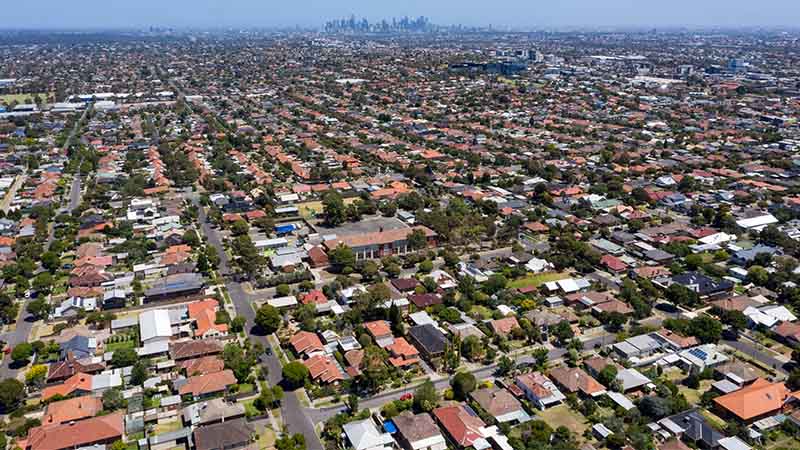Property valuations still stretched despite signs of improvement
While there are signs that the drop in house prices is slowing, there is still evidence that property valuations are stretched and that certain parts of the market may be over-leveraged, according to a portfolio manager.
AMP Capital portfolio manager Dermot Ryan said there is still evidence that house price valuations in some areas are stretched and that there are still many households with large mortgages in comparison to incomes.
Mr Ryan explained that basic calculations show that a $1 million loan taken out by an investor will actually cost around $4 million pre-tax by the time it is paid off.
“This is clearly an enormous, and rather frightening, undertaking for any wage earner,” he noted.
This can have implications, he said, when there are large groups of people in a similar indebted situation in a falling housing market.
“Imagine a town of 100,000 people all took out a $A1 million mortgage. Also imagine that wages are stagnant, and they’ve all borrowed about five to seven times their wage. They may have achieved the great Australian dream of owning a home, but they now have relatively high debt levels, and may be in a precarious situation should they hit a rough patch and need to borrow more money,” he said.
“So, what happens if house prices fall, the economy weakens and large segments of the population need to borrow money against their homes or refinance?”
Mr Ryan said while accessing credit when the economy property markets are both performing well may be easier, in tougher times, credit and refinancing can be harder to come by.
“This is particularly the case when house prices fall below loan values, creating negative equity. In such an environment, households become more cautious, and if mortgage holders lose their job or struggle to make repayments, there will be knock-on effects to the rest of the economy,” he warned.
“When people experience one of these scenarios, they may be forced to sell, causing more houses and liquidity to hit the market and prices to gap down. Should these issues happen in enough numbers, say, across a town of 100,000 people, the aggregate starts to move like a herd, and everyone rushes for the exit at the same time.”
If this happens across enough households, this is where the market officially enters a slump, he explained.
“It’s for this reason that housing stimulus has become such a focus in Australia as the government and the Reserve Bank of Australia (RBA) try to engineer a soft landing after what has already been the largest fall in property prices since the early 1990s,” he said.
This stimulus, he explained, comes from four key areas including interest rate cuts, tax cuts which were announced in the federal budget, housing policy stimulus which has mainly been aimed at first home buyers and credit stimulus.
“It is therefore good news on many levels that house price falls are slowing,” he said.
“Whether house prices can be sustained at these levels in the next few months, or even pushed higher again, is yet to be seen. However, at the very least, the change in momentum is welcome and certainly positive for the economy.”

Miranda Brownlee
Miranda Brownlee is the deputy editor of SMSF Adviser, which is the leading source of news, strategy and educational content for professionals working in the SMSF sector.
Since joining the team in 2014, Miranda has been responsible for breaking some of the biggest superannuation stories in Australia, and has reported extensively on technical strategy and legislative updates.
Miranda also has broad business and financial services reporting experience, having written for titles including Investor Daily, ifa and Accountants Daily.








